Nature favors carefree meadow gardens, and once established, they’re effortless—allowing gardeners to simply sit back and enjoy. Their airy flowers and grasses blow in the wind, creating ambiance and habitat for a suite of welcome pollinators and wildlife. And, their untamed nature does not mean they have to be untidy. Well-placed meadow plantings defined by mowed edges or pathways can be garden showpieces.
Meadows Gardens Gain Popularity
Public gardens have embraced meadow gardening, making well-designed meadow plantings a more common garden feature in American landscapes. Longwood Gardens designed an expansive, ecologically sound, 86-acre meadow garden that has inspired many visitors. Likewise, Chanticleer garden has created a jewel of a meadow planting near their elegant house garden (image below) as well as dry meadow plantings in their Gravel Garden and along their Elevated Walkway. New York’s Highline offers and elegant merging of industrial urban infrastructure and American prairie. And, the American Horticultural Society has maintained the André Bluemel Meadow garden since 2004 (a garden that I had the honor to help plant!). These inspirational, carefree gardens are more than meadow-in-a-can plantings and take design work and time to plant to perfection.
The noted Pennsylvania landscape designer, Larry Weaner, has also been a champion of naturalistic perennial meadow design, having created over 100 perennial meadows across the country for both commercial and private clients. Noted landscape designer, Piet Oudolf, and the landscape architect firm, Oehme, van Sweden, have also dedicated themselves to meadow design and elevated the creation of a simple meadow garden into an art form.
Despite their beauty, meadow gardens may not be welcome in neighborhoods with grass-height limits, but you may find space for one in a more concealed enclave of your backyard. Or, you can simply plant garden beds with pretty meadow plants for a more traditional landscape look.
What Makes a Meadow?
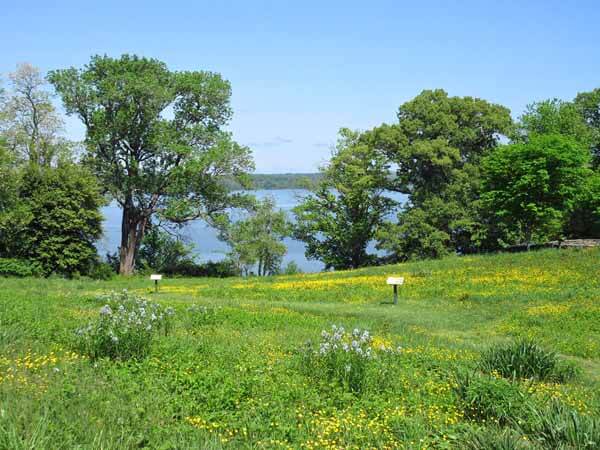
Your meadow garden should contain plants fit for your yard and region. Mid-westerners favor prairie meadows, while those with wet lawn patches may plant a wetland meadow. You can even plant meadows that favor specific pollinators, like bees, butterflies, or hummingbirds.
All meadow plantings have two key elements: 1. native grasses, sedges or rushes, and 2. forbs (flowering meadow plants). The forbs are what give meadows big color and high wildlife value, while the grasses provide height, airy visual appeal, and wildlife cover. The grass-to-forb ratio may vary from design to design, but it is generally safe to create meadows using a 1:1 or 2:1 ratio of grasses to forbs–that’s 50% grasses and 50% forbs or 66% grasses and 33% forbs.
Prairie Meadow Gardens
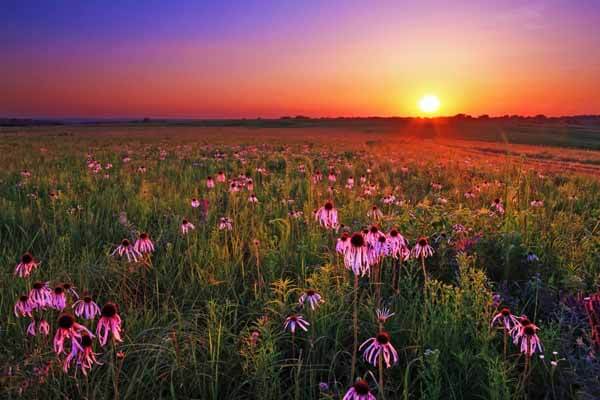
Unlike other grasslands, a prairie is a specific grassland ecosystem that exists across the Great Plains of North America. Prairies were home to herds of buffalo, and their grasses and forbs varied depending on whether they were dry shortgrass prairies, common tallgrass prairies, or wet prairies. But, prairie grasses and flowers are beautiful and at home in many temperate gardens in the US.
Shortgrass prairie plantings are often a better fit for home plantings. Favorite dryland perennial shortgrasses include sideoats gramma grass (Bouteloua curtipendula, 1.5-2′), tufted hairgrass (Deschampsia cespitosa, 2-3′), switchgrass (Panicum virgatum, 3-6′), little bluestem (Schizachyrium scoparium, 1.5-2′), and Prairie dropseed (Sporobolus heterolepis, 2-3′). Vanilla sweet grass (Hierochloe odorata, 1-2′) and Bicknell’s sedge (Carex bicknellii, 1-3′) are good choices for wet prairie gardens.
Prairie forbs are often long-stemmed, colorful, and supported by the grasses they grow among. All attract pollinators with their bright blooms. Some of the most garden-worthy and colorful upland perennial prairie plants include:
|
|
|
|
|
|
|
|
|
For moist prairie plantings or wetland meadows, try planting:
|
|
|
|
|
Pollinator Meadows

Choose local grasses and wildflowers as well as any one of the plants listed above that appeal to general or specific pollinators when planning your meadow. You might also add native or non-invasive annuals with big color and pollinator impact. Some of the best options are colorful, warm-hued annual sunflowers [click here to learn all about growing sunflowers], purple cosmos (Cosmos bipinnatus), or colorful tall zinnias (Zinnia elegans). All of these flowers appeal to bees, butterflies, and seed-eating songbirds.
Wetland Meadows
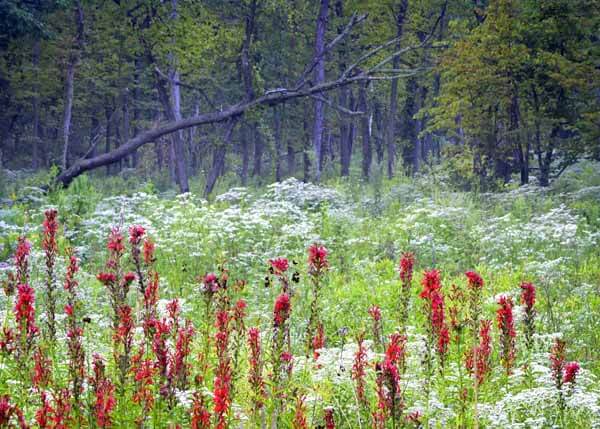
Low spots in the yard are hard to mow, so they are great contenders for moist meadow plantings. Plant any of the moist prairie plants listed, or any sedges or wetland flowers native to your area. The best time to plant moist meadows is in spring. The cool grasses and attractive flowers of a moist meadow look much nicer than muddy grass, and mowing or edging the perimeter will keep it looking garden-like and tidy.
Avoid Canned Meadows
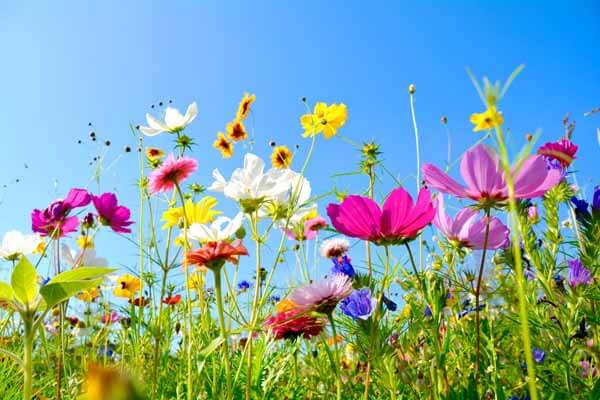
Canned meadow seed mixes usually contain native and non-native annuals that will look great for a season or two before disappearing. Most lack the grasses and lasting perennials needed to make a meadow sustainable for any length of time. Investing in a good suite of meadow plants that will return each year will save you time and pay off in the end.
Planting a Meadow
A full-sun site is required for your meadow. When it comes to planting, it is smart to start with grass and forb plugs/seedling starts as opposed to seeds. This will result in faster, better establishment and allow you to lay out a more precise design. Starts can be purchased directly, or you can grow your own indoors in spring in OMRI Listed® Black Gold®Seedling Mix. [Click here to learn more about growing flowers from seed.]
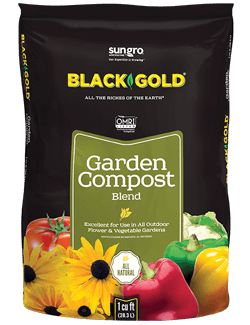 Direct sowing is a less expensive and less time consuming for some species, but germination is also less reliable. Some forbs, like sunflowers, black-eyed Susans, and grayhead coneflower are your best bet for outdoor seed starting, so you may opt to plant a mix of plugs and easy-to-start seeds, depending on your time and budget.
Direct sowing is a less expensive and less time consuming for some species, but germination is also less reliable. Some forbs, like sunflowers, black-eyed Susans, and grayhead coneflower are your best bet for outdoor seed starting, so you may opt to plant a mix of plugs and easy-to-start seeds, depending on your time and budget.
To prepare the site, clear the ground of existing lawn and weeds from 50 to 75%. This can be done by weed whacking the area, lightly tilling, and then raking the loosened weeds and grass away. Smooth out the area and add a light topdressing of 1:1 ratio of OMRI Listed® Black Gold® Garden Compost Blend and Black Gold® Garden Soil to ensure better establishment. (Two 2-cubic-foot bags of compost and two 2-cubic-foot bags of garden soil will add 1 inch of amendment to 100 square foot or a 10′ x 10′ area.)
Meadow plants can be naturalistically interspersed or planted in colorful blocks or sweeps. It’s up to you. Keep final plant size and spacing needs in mind when designing your meadow, and be sure to include lots of different forbs that will bloom from summer to fall. Finally, don’t be afraid to add more forbs and select grasses to an established meadow to give it more color and interest as it progresses.
Keep your meadow watered and lightly weeded in the beginning while it gets established, and it will become a lovely, natural feature in your landscape in no time!


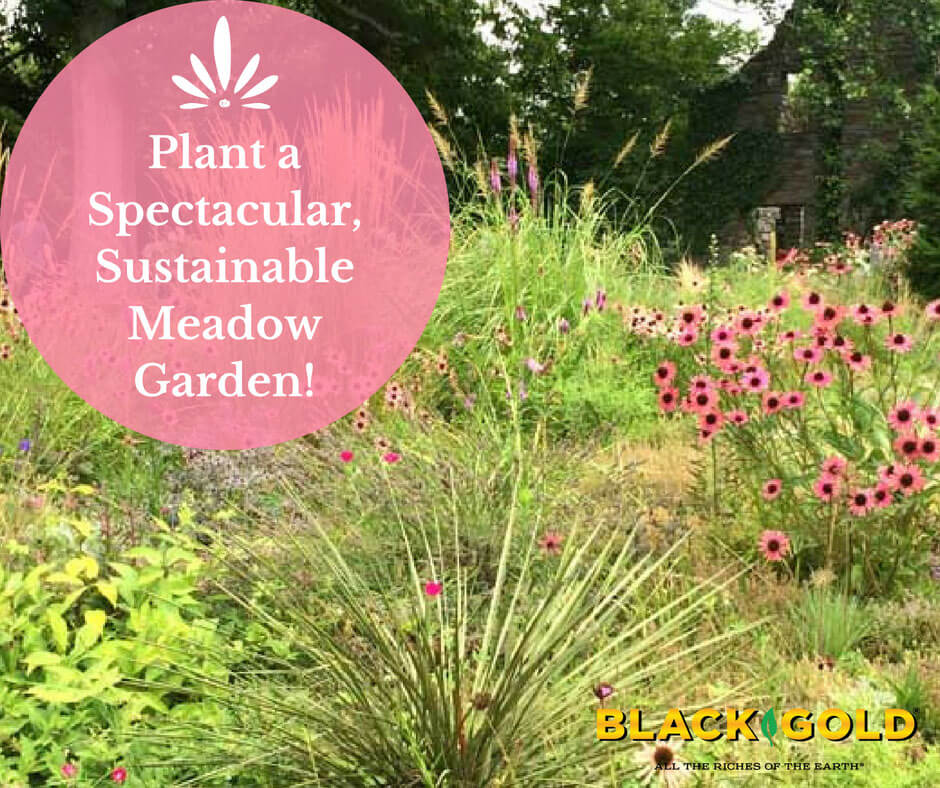
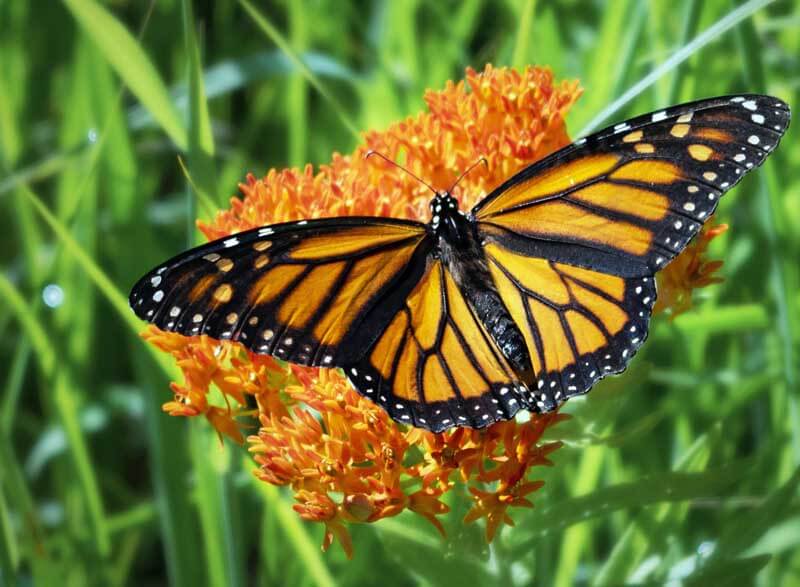 Butterfly Weed (Asclepias tuberosa)
Butterfly Weed (Asclepias tuberosa) 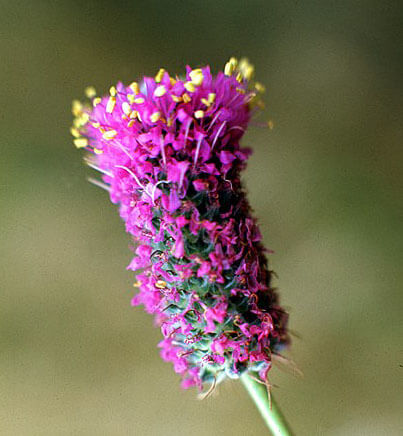 Purple Prairie Clover* (
Purple Prairie Clover* (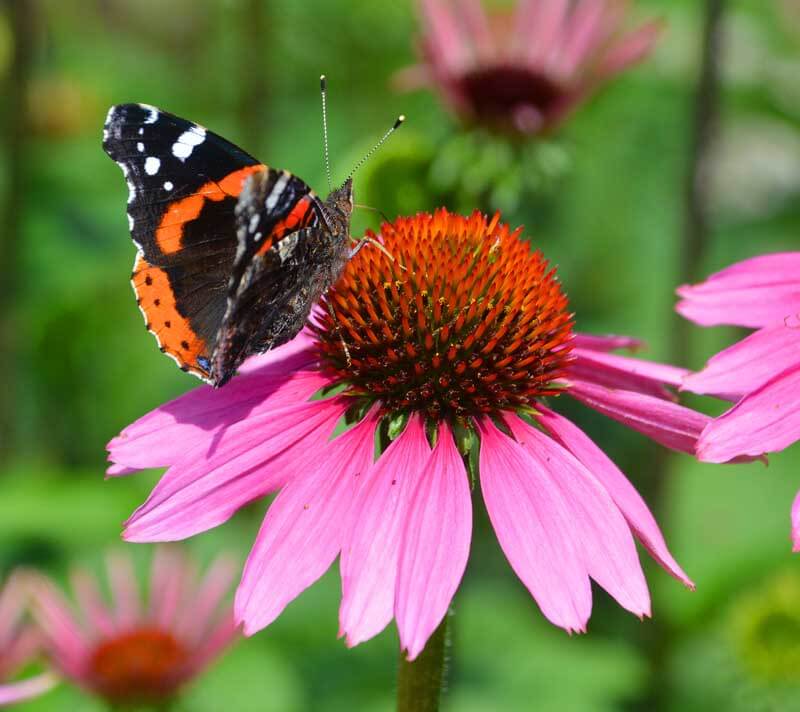 Coneflowers (Echinacea spp.)
Coneflowers (Echinacea spp.)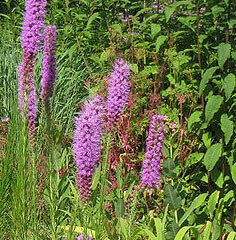 Prairie Blazing Star (
Prairie Blazing Star (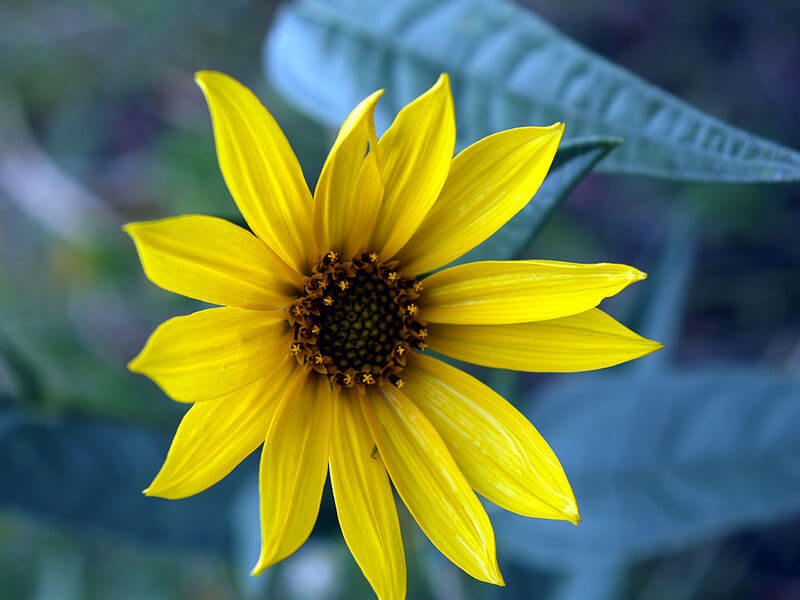 Prairie Sunflower* (Helianthus maximiliani)
Prairie Sunflower* (Helianthus maximiliani) 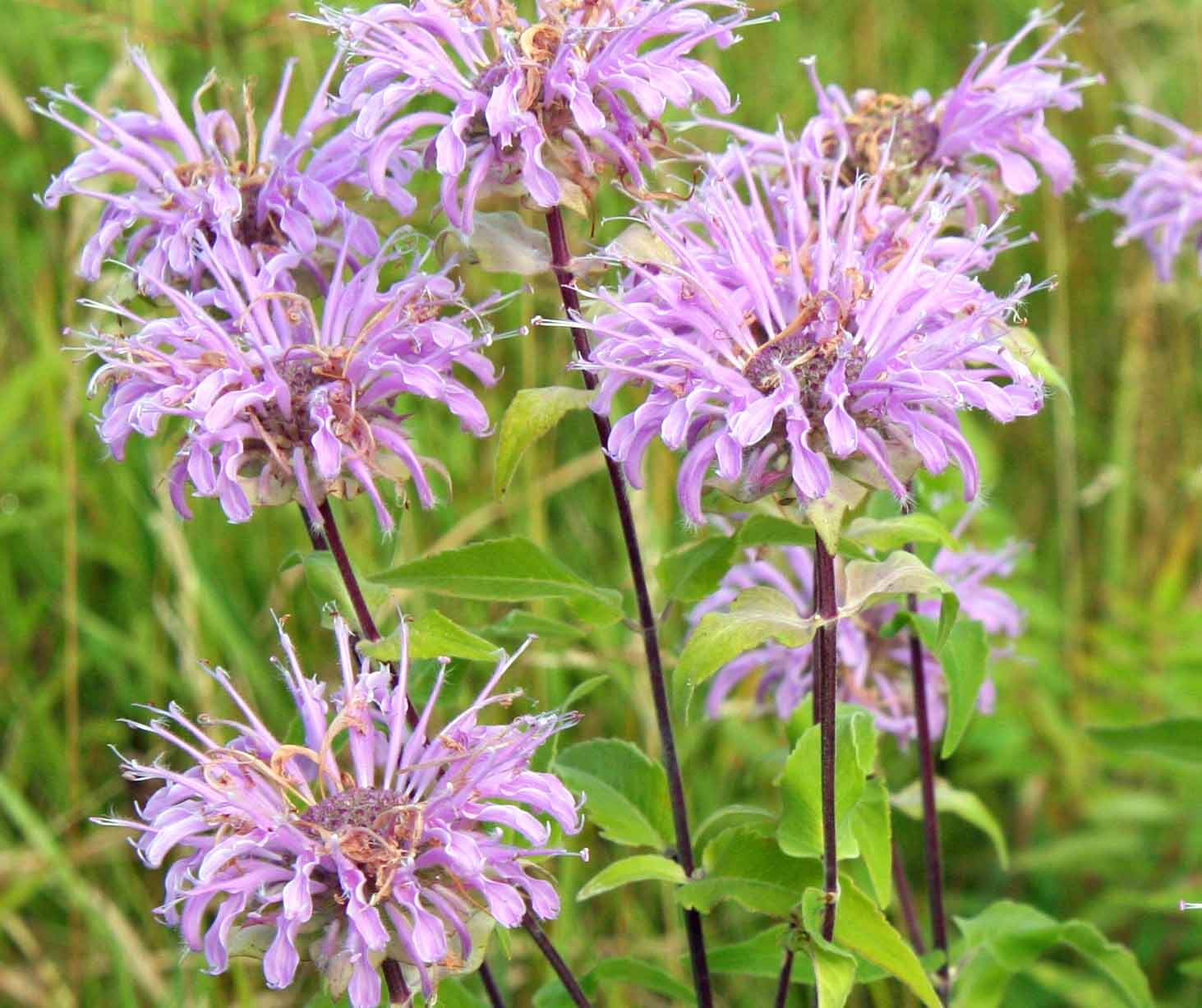 Beebalm (Monarda fistulosa)
Beebalm (Monarda fistulosa)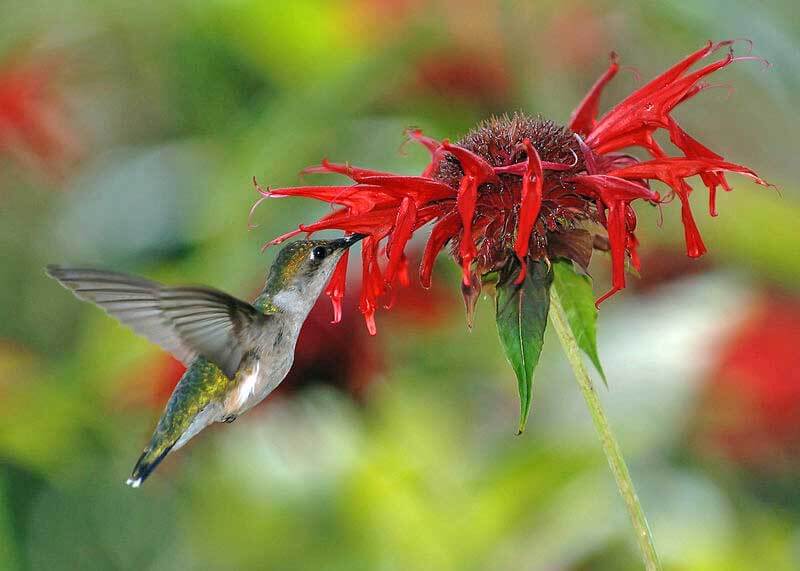 Oswego Tea** (Monarda didyma)
Oswego Tea** (Monarda didyma)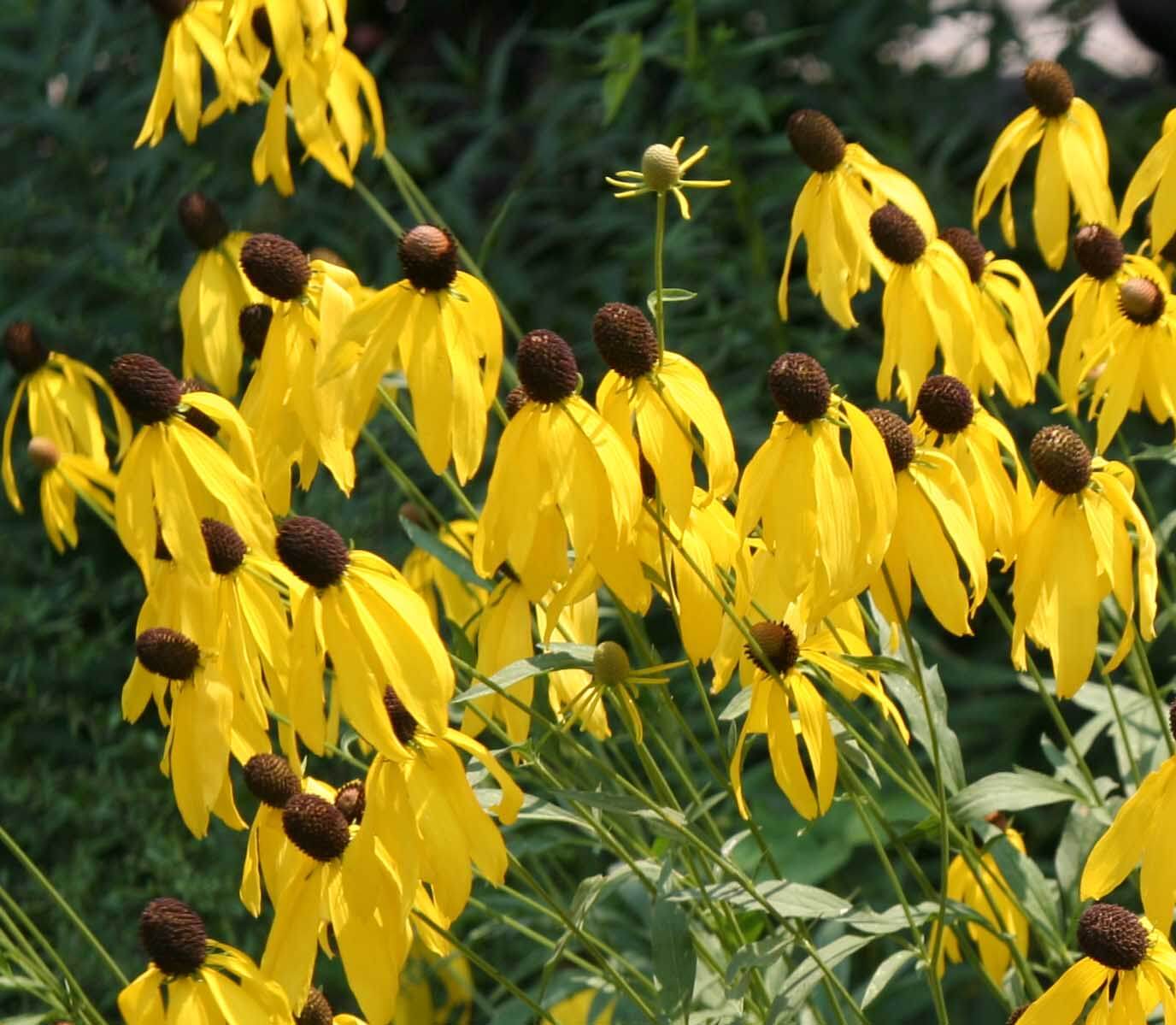 Grayhead Coneflower (Ratibida pinnata)
Grayhead Coneflower (Ratibida pinnata)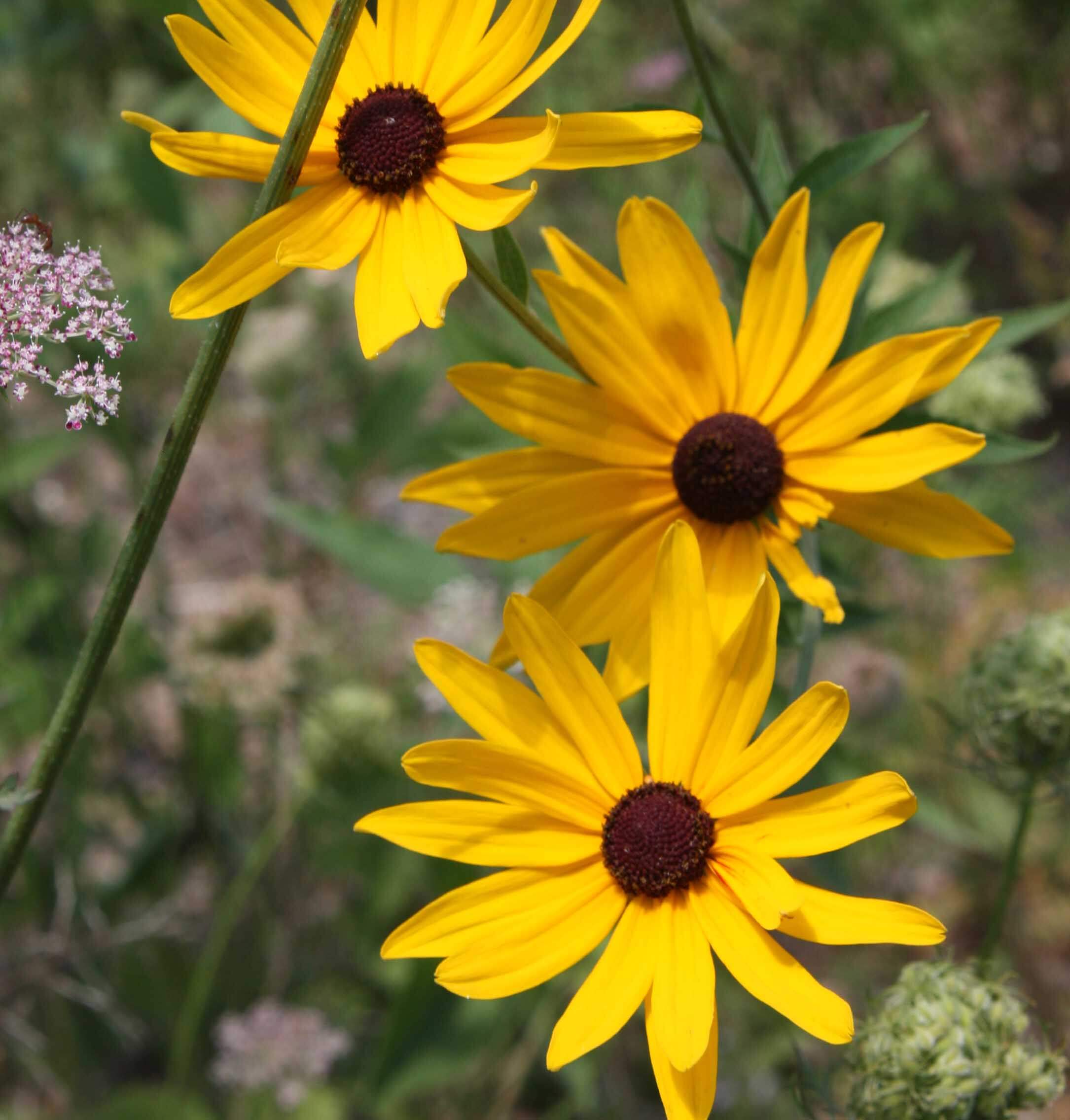 Black-Eyed Susans (Rudbeckia spp.)
Black-Eyed Susans (Rudbeckia spp.)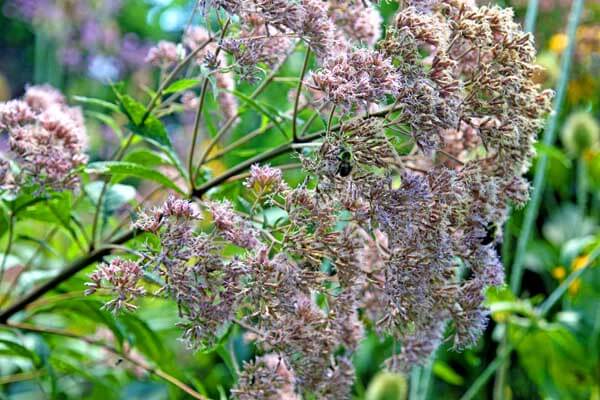 Joe-Pye Weed (
Joe-Pye Weed (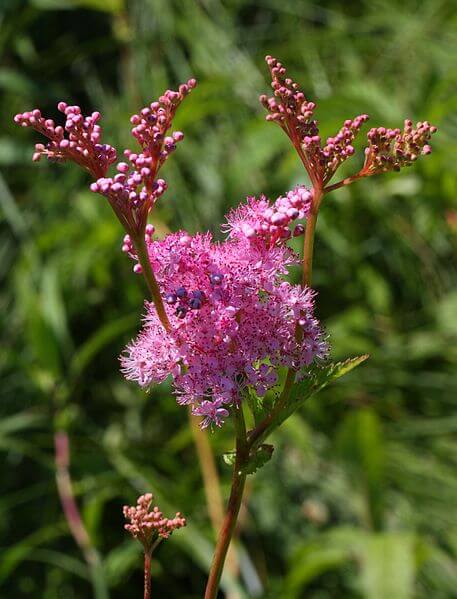 Queen-of-the-Prairie*** (Filipendula rubra)
Queen-of-the-Prairie*** (Filipendula rubra) Rose Mallow (
Rose Mallow (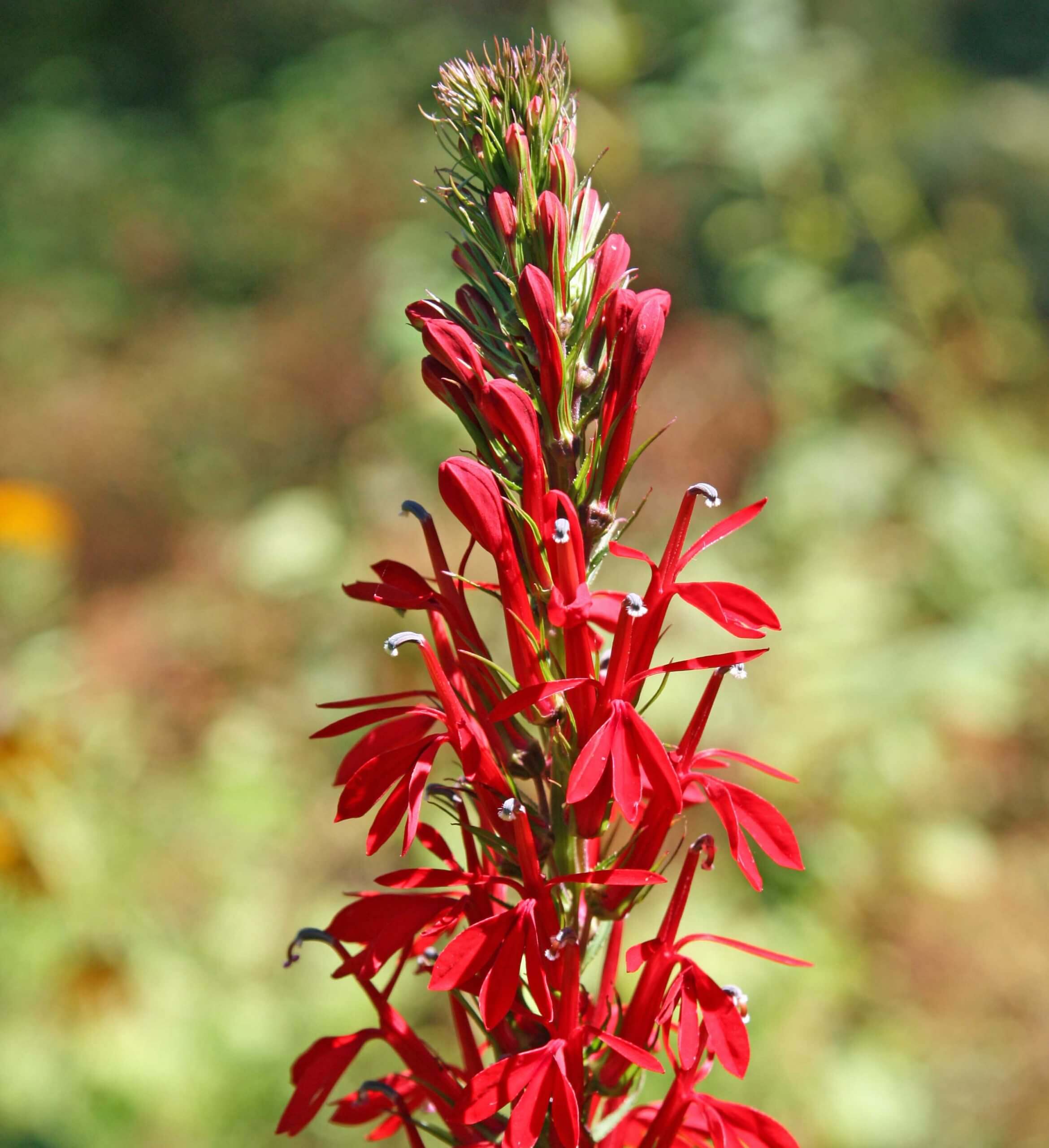 Cardinal Flower (Lobelia cardinalis)
Cardinal Flower (Lobelia cardinalis)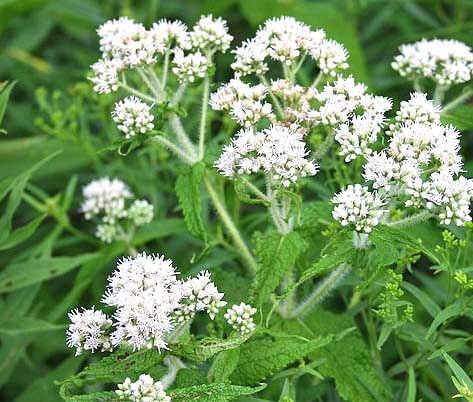 White Boneset (
White Boneset (